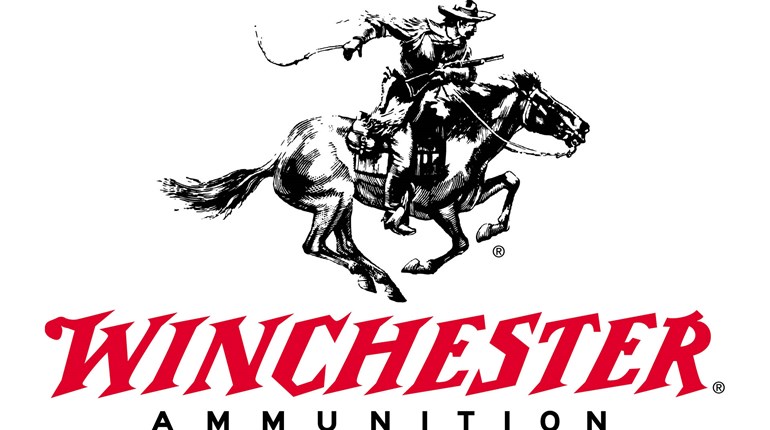Dad hadn't shot a duck in 17 years, as that's when I left town for college, then career. He didn't care to gun mallards alone, and his enthusiasm was equally sapped by the abysmal ballistics of early steel shotshells. I couldn't find fault with his reasoning. Back when steel was loaded to similar weights and velocities as lead, it simply didn't work—the days of clean kills, it seemed, were over.
Fast forward to this season. I've returned to central Pennsylvania, and high-velocity steel loads are walloping ducks thanks to reduced shot charges and immensely increased velocities. The time was right for Dad to revisit his once-cherished sport.
My young springer's ears perked, alerting us to the ducks' approach. Four passes later the trio of mallards committed atop Dad's position to my right. He crumpled the lead drake—his first duck in nearly two decades. I swung to the rapidly climbing pair and scored my first double in some time.
I estimate my mallards were shot at 30 and 40 yards, both clean kills using an intriguing new duck load: Winchester Blind Side High Velocity. It's available in a variety of configurations, from a 20-gauge, 3-inch, 3/4-ounce load of No. 6's to a 12-gauge, 3½-inch, 13/8-ounce load of BBs. I conducted my evaluation with a 12-gauge, 3-inch, 11/8-ounce load of No. 2's at a scorching muzzle velocity of 1675 fps.
My initial shots on ducks proved satisfactory, but plenty of today's steel loads will drop mallards. Penetration, in my opinion, offers a more important testimonial, and closer inspection of my 40-yard drake proved impressive. When I plucked the bird, I discovered an even, seven-pellet smattering across both breasts. I then filleted the breasts (quick aside: skin-on duck breasts are the ultimate in fine dining) and noted at least five of the seven pellets had punched through the breastplate, essentially shattering it. I doubt any lead load would've killed that bird any deader.
Therein lies the key reason I prefer high-velocity steel for shots beyond 30 yards: not for shorter leads, a supposed attribute I've never noticed, but for the improved downrange energy. According to Brad Criner, Winchester's shotshell and rimfire product manager, Blind Side High Velocity's additional 275 fps at the muzzle over original Blind Side equates to 100 fps more velocity and 20 percent more energy at 30 yards. So, while steel lacks density, its energy can rival lead when accelerated to velocity extremes. This ballistic strategy is made possible by the hardness of steel—one of its few advantages over lead—which affords rapid acceleration without pellet deformation.
On the other hand, the current selection of high-velocity loads requires compromise regarding pattern densities when compared to magnum payloads. The Blind Side High Velocity load is not immune; however, its "Hex" shot—essentially square pellets with rounded edges that uniquely stack inside the shell—do somewhat cut the difference. For instance, most 11/4-ounce No. 2 steel loads have an approximate pellet count of 155-160, while 13/8-ounce loads hover around 170. Blind Side High Velocity's 12-gauge, 11/8-ounce load averages about 145 pellets—decreased pattern density, sure, but enough pellets to work with.
That is, assuming you pattern your gun. The pattern density of high-velocity loads is often improved with additional choke constriction, which I found particularly true of the Blind Side load. For my pattern-board test, I used a Winchester Super X2 semi-auto and a factory, modified choke. At 40 yards, it averaged 63 pellets within a 30-inch circle, 43 percent of the load. That will kill ducks, but 50 percent is preferable.
"Blind Side High Velocity tends to offer a little better lethality on long-range birds when choked down using an improved-modified or a steel-safe full choke," Criner said. "That differs from original Blind Side, which often does best with a light-modified or improved-cylinder choke."
Certainly I found this to be the case. I advise Blind Side High Velocity shooters to experiment with the tightest steel-safe choke available. Rest assured, those who dial in the load will be pleased, as I was while hunting with Dad.
"That's my first duck since 1997," he said as we admired our drakes. "And I haven't seen ducks fall dead like that since the '80s."
Technical Specifications:
Type: steel shotshell
Gauge: 12, 20
Length: 3", 31/2"
Shot Size: BB, 1, 2, 3, 5, 6
Payload: 3/4 oz. (20 ga., 3"); 11/8 ozs. (12 ga., 3"); 13/8 ozs. (12 ga., 31/2")
Shot Material: steel Hex
Advertised Muzzle Velocity: 1675 fps
MSRP: $23-$27 per box of 25

































